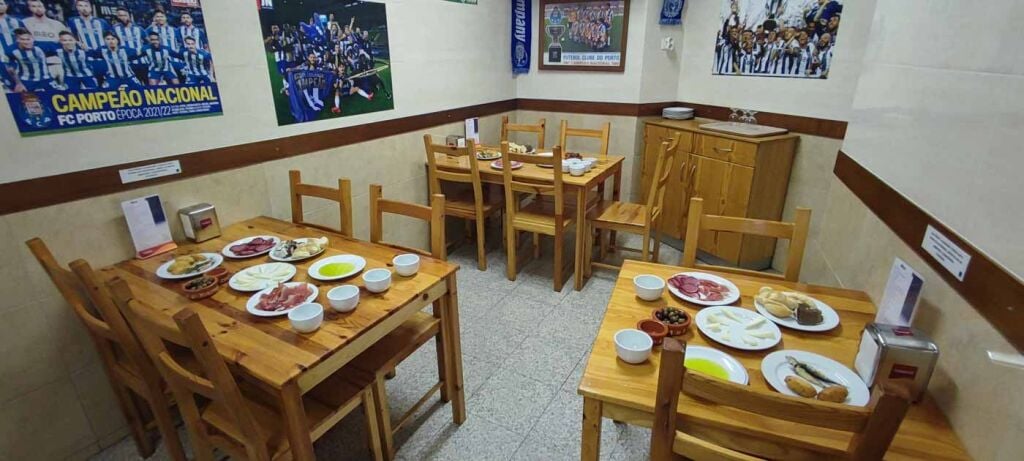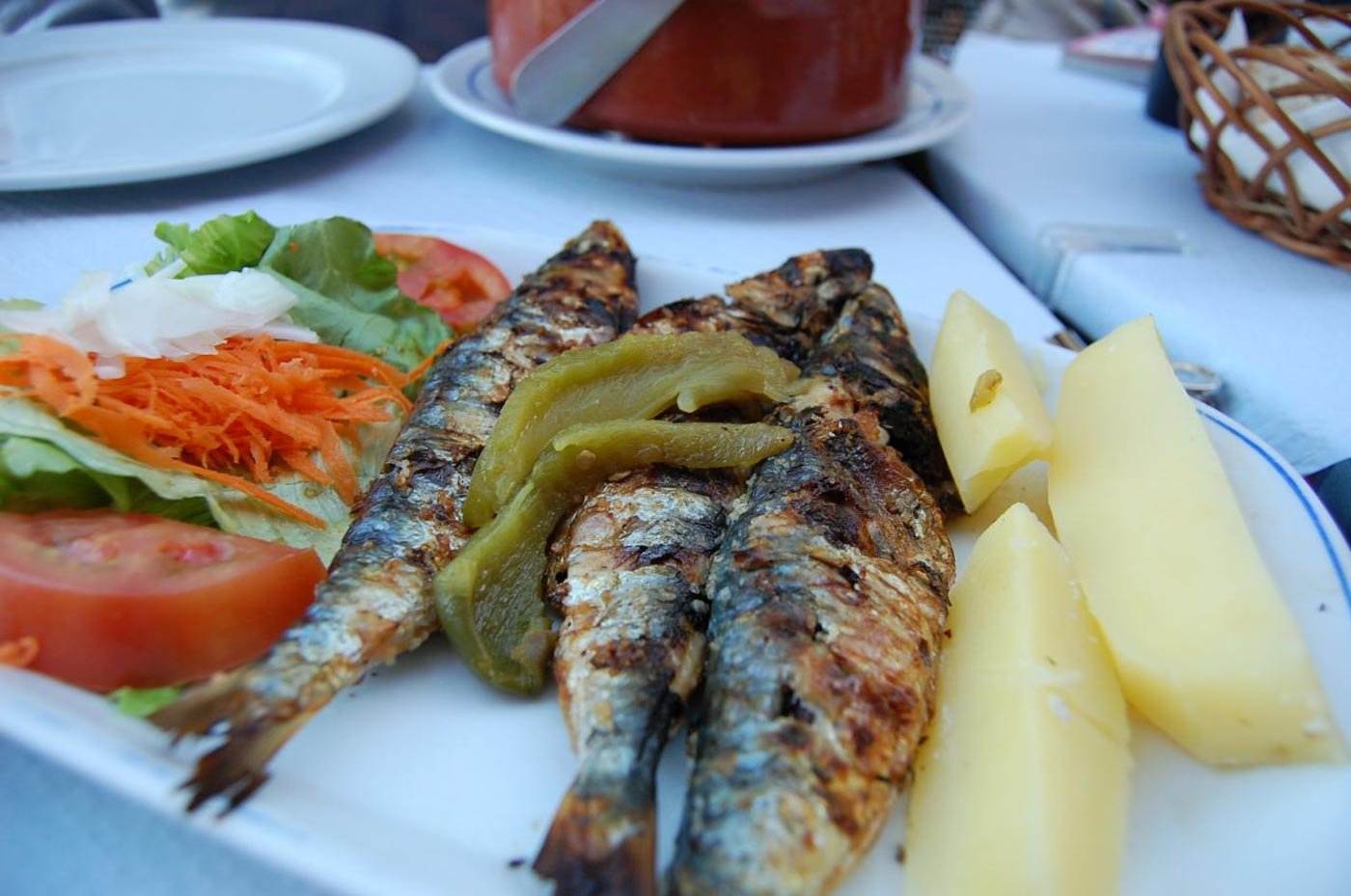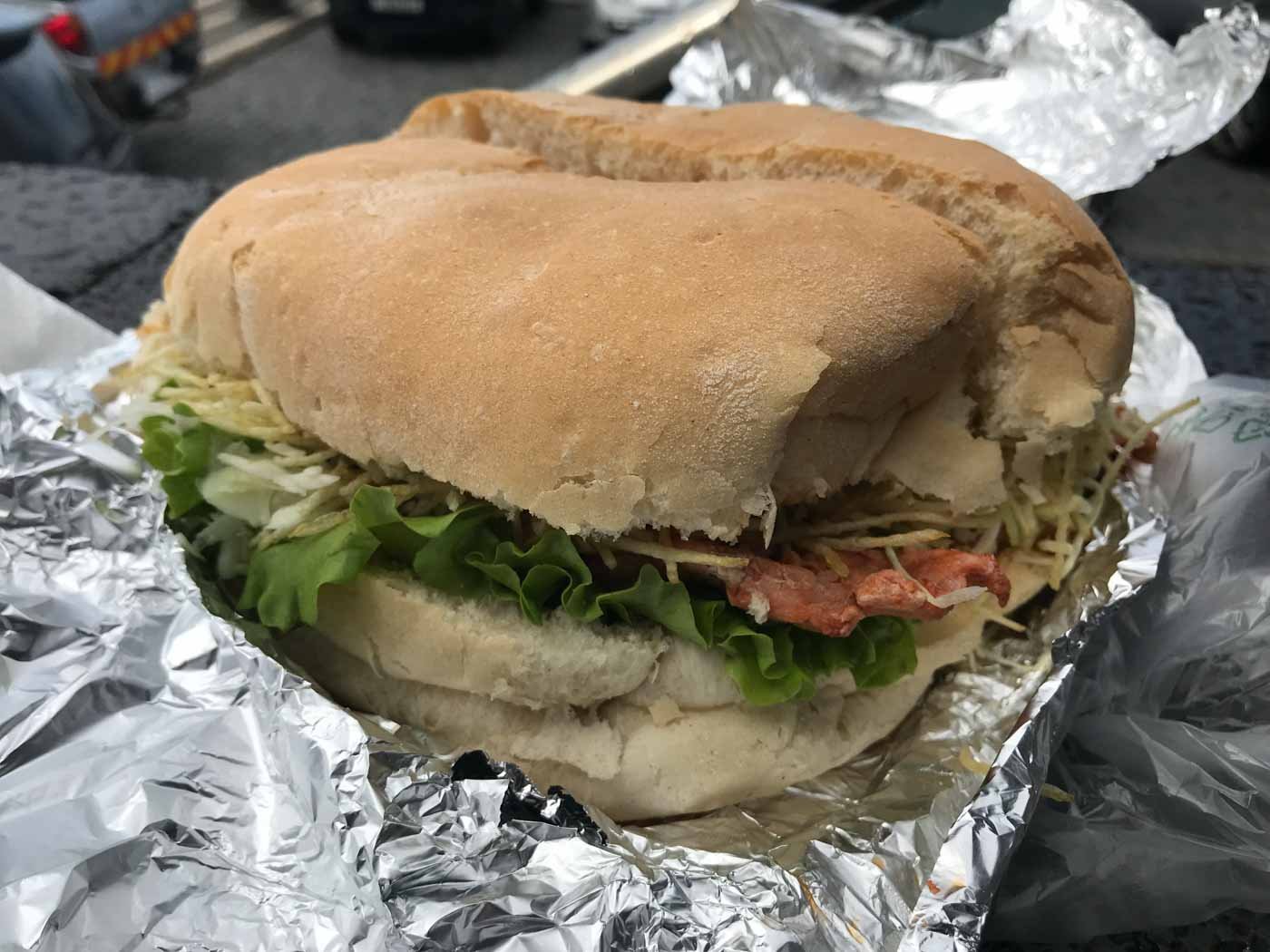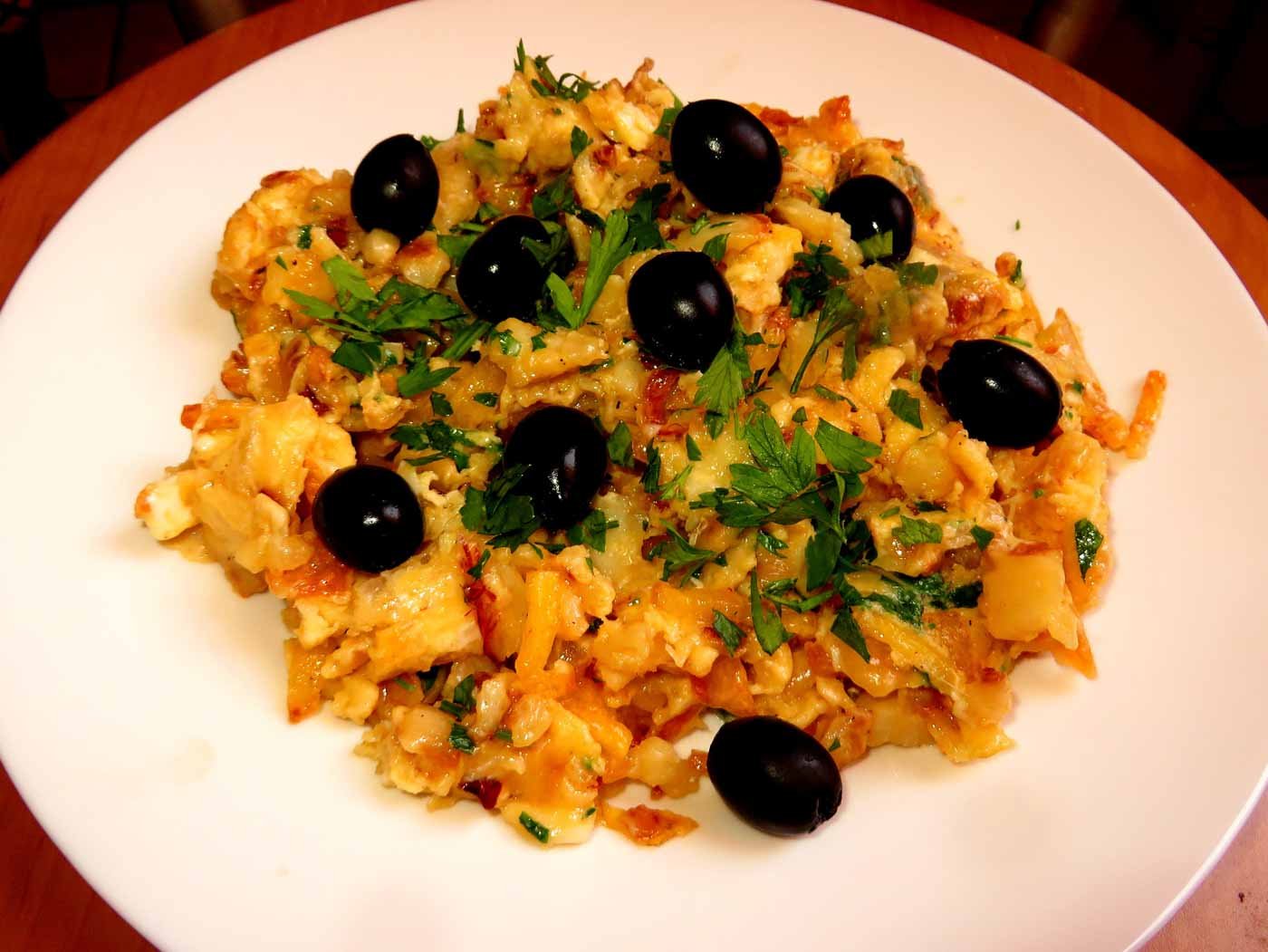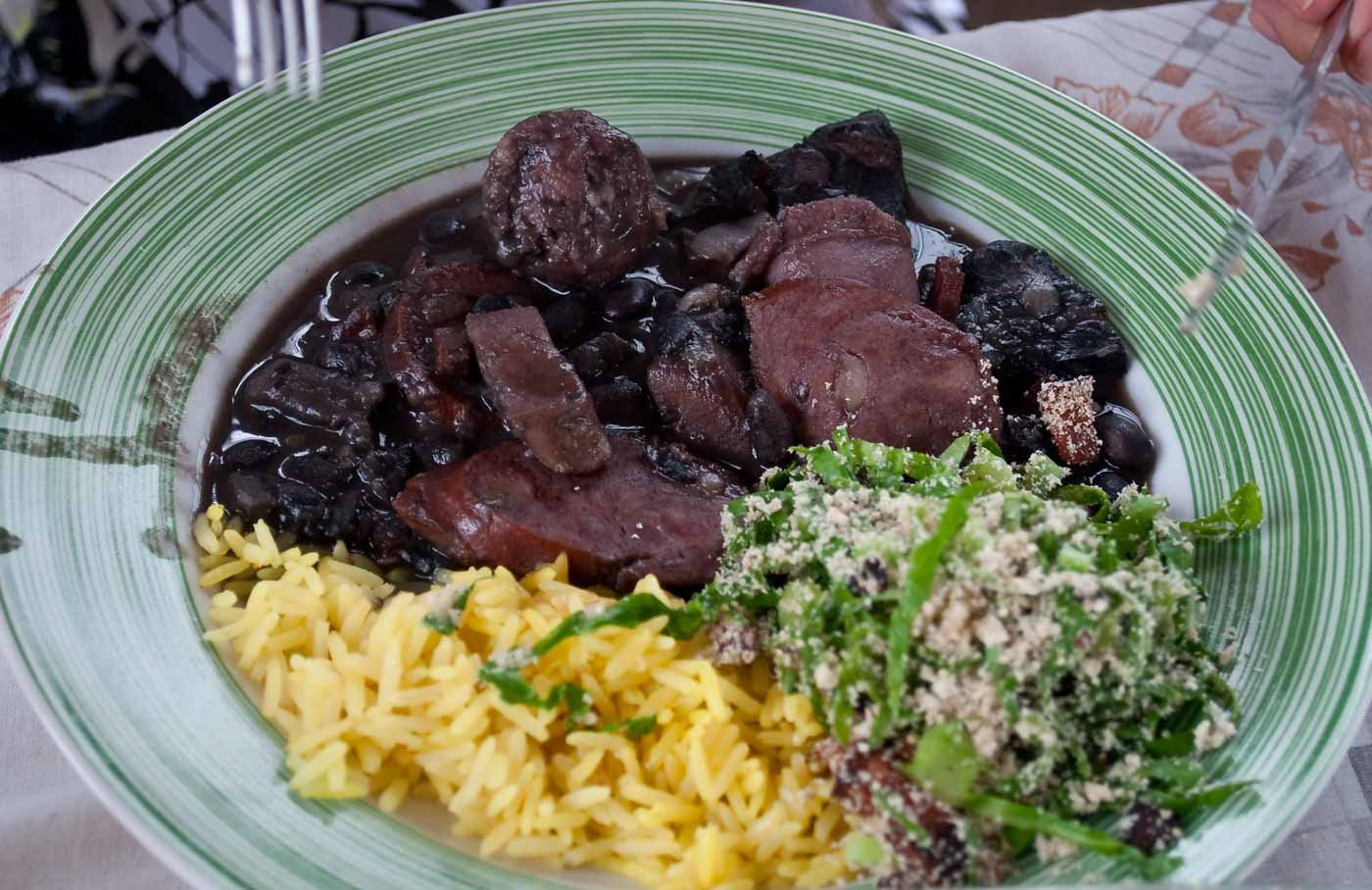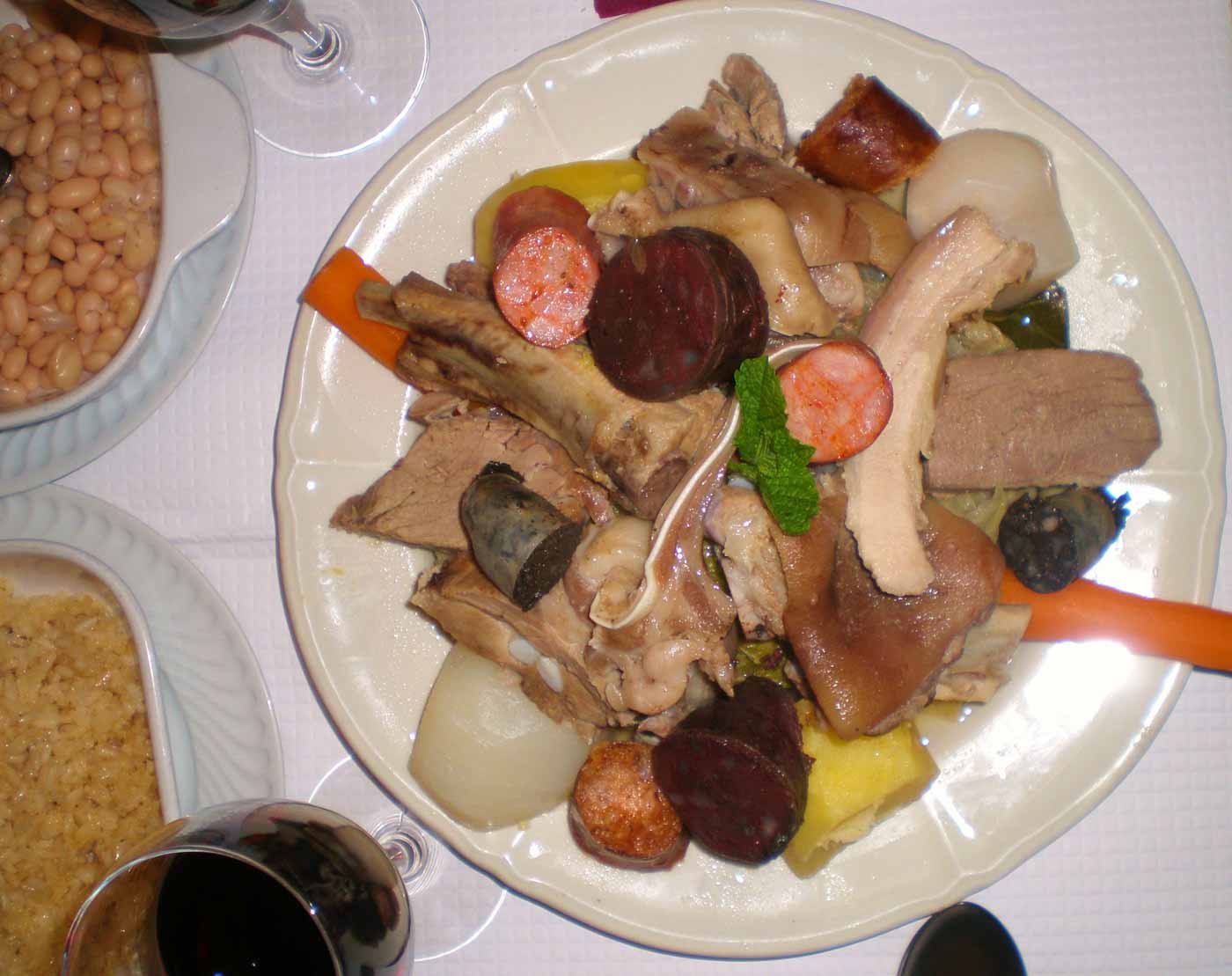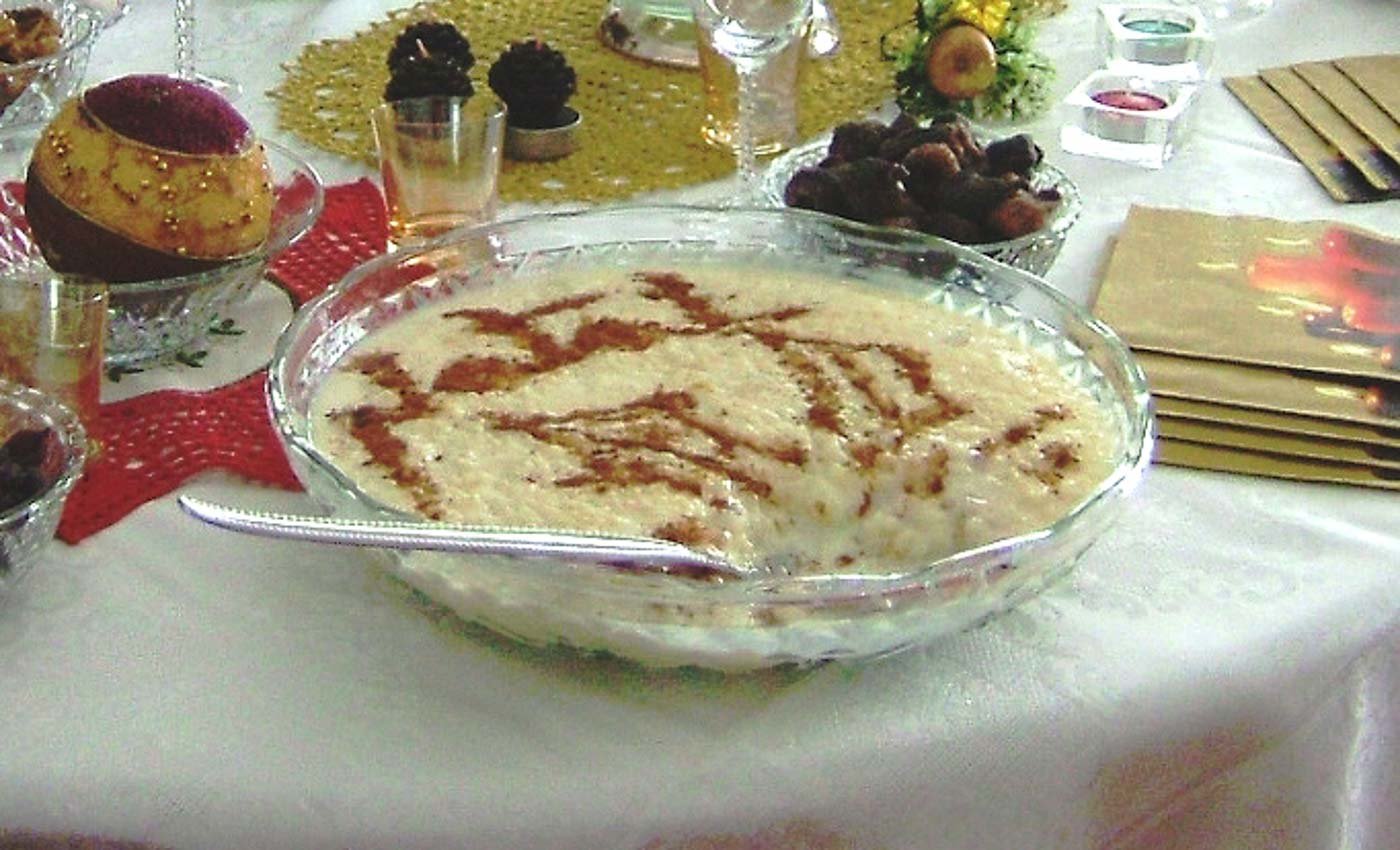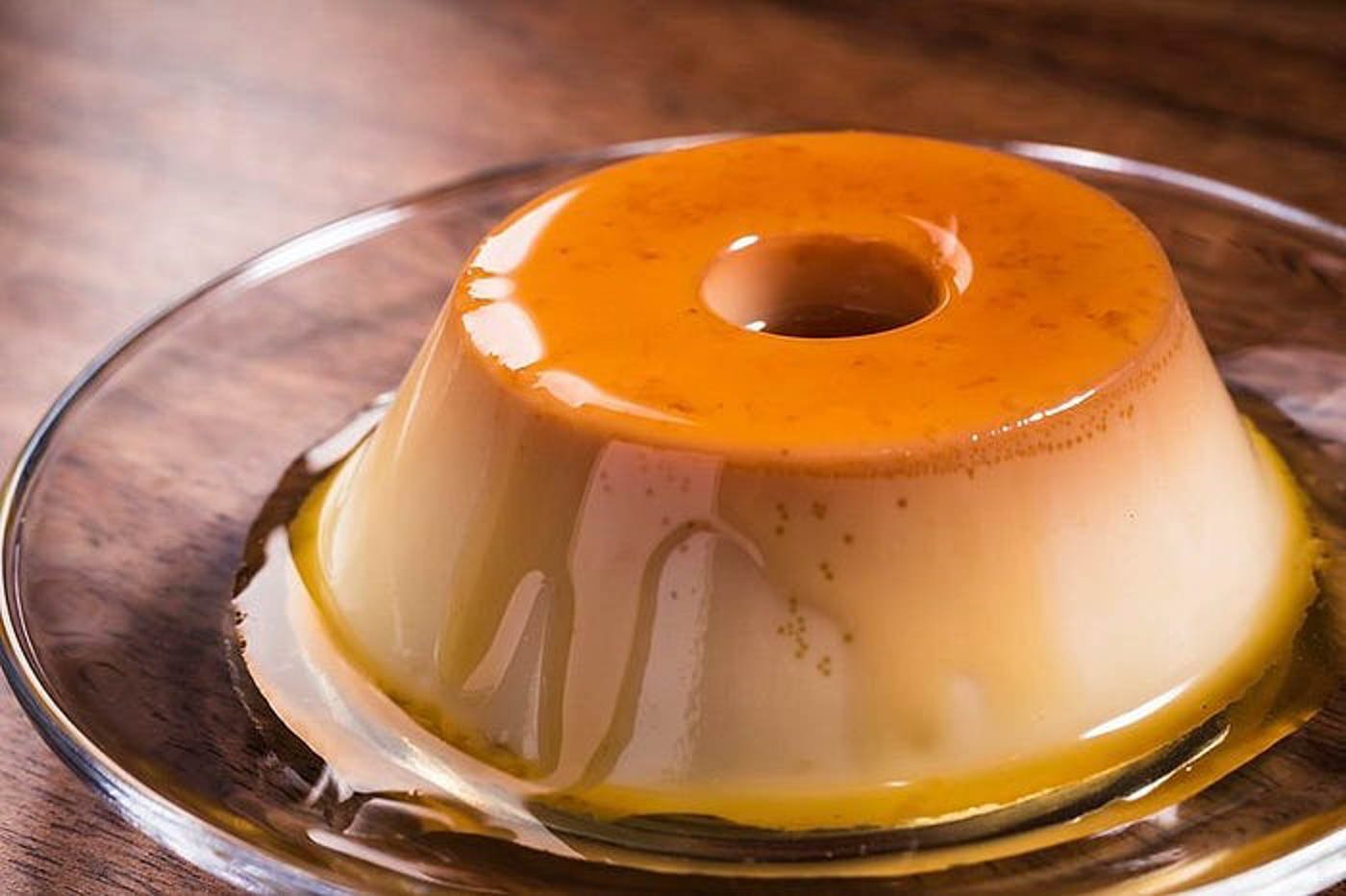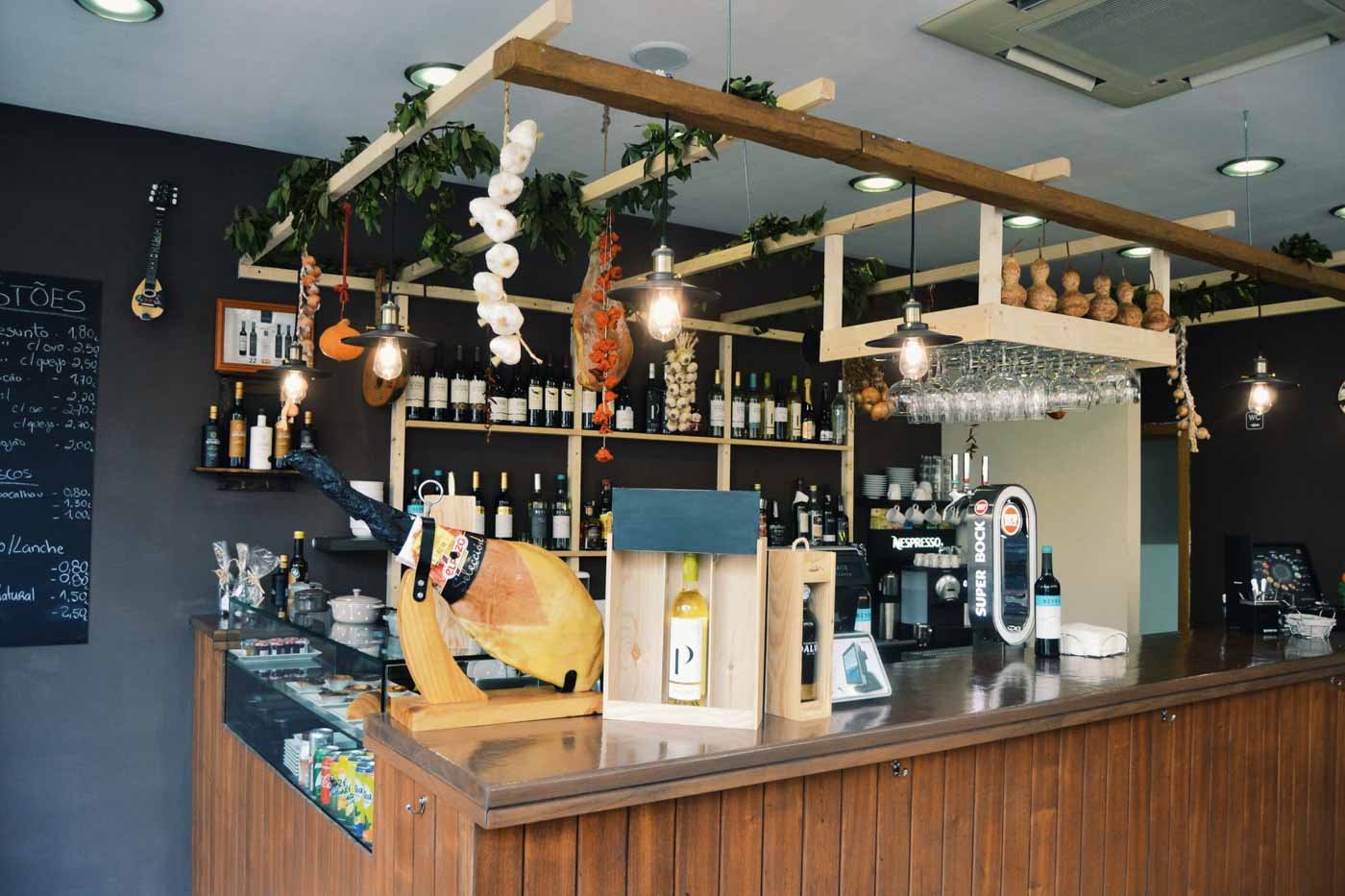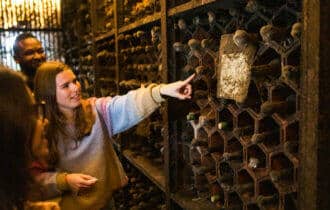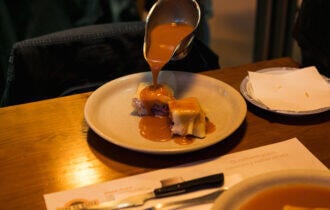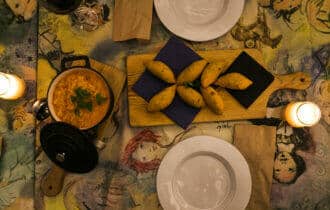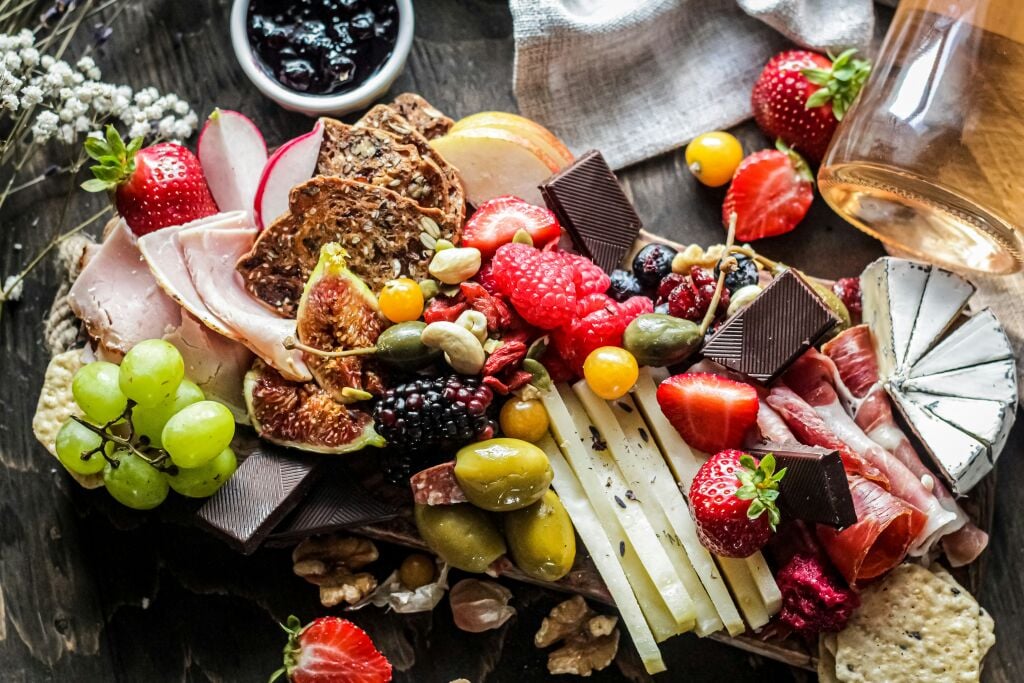Portugal’s culinary heart beats strongest in its tascas, which are small, often family-run eateries where tradition, comfort, and flavor come together in every bite. These humble taverns serve home-style meals made with time-honored recipes, offering a delicious window into everyday Portuguese life.
Whether you’re drawn in by the smell of sizzling sardines, the promise of a hearty bowl of caldo verde, or creative petiscos, there are plenty of tascas to try on a Porto food tour.
The Role of Tascas in Porto’s Food Culture
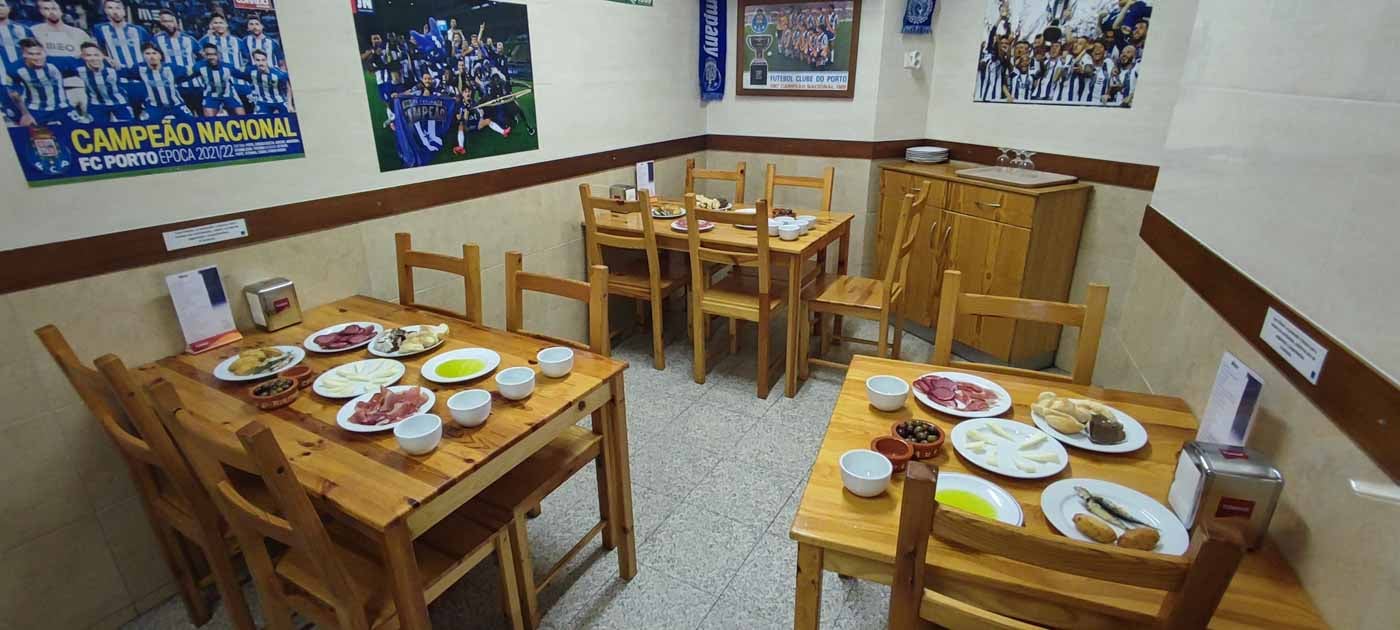
Photo credit: Casa Louro
Porto’s tascas offer more than just an authentic taste of traditional food in Portugal. They also give you a firsthand understanding of the people and local culture. Most tascas are family-run and the menu is loaded with home-style recipes at affordable prices.
Most are rooted in working-class values and represent neighborhood life. They often serve as social hubs for locals who have been visited by generation after generation. Giving a little history to what’s on your plate.
What to Expect from a Tasca Experience
Stepping into one of Porto’s traditional tascas is typically a cozy experience. These are often generational taverns and can sometimes be a bit cramped, on space but big on flavor and tradition.
Menus are often handwritten or scrawled on chalkboards, reflecting the day’s freshest ingredients and house specialties. The service is friendly yet no-nonsense. The servers move quickly, know the regulars by name, and expect you to be ready with your order.
Tascas are also a social experience. Conversations flow easily. The atmosphere is casual, loud, and full of life, making you feel more like a guest at a neighborhood gathering than a customer at a restaurant.
Common Dishes Served in Tascas
While many of Porto’s tasca’s have house specialties, you can expect to find some form of the following dishes on most menus.
Photo credit: Wikimedia Commons licensed under Attribution 2.0 Generic (no changes made)
Grilled Sardines are often served whole with a drizzle of olive oil. I think the char and smoky flavor takes sardines to a whole new level. They’re a summertime staple in most tascas, typically accompanied by boiled potatoes or salad.
Photo credit: Wikimedia Commons licensed under Attribution-ShareAlike 4.0 International (no changes made)
Bifana is a type of sandwich made from thin slices of marinated pork loin tucked into a crusty roll. It’s a slightly spicy, satisfying sandwich beloved across Portugal for lunch or a quick snack.
Photo credit: Wikimedia Commons licensed under Attribution-ShareAlike 4.0 International (no changes made)
Bacalhau à Brás is one of many salt cod variations you’ll find in Porto. This version features shredded bacalhau sautéed with onions, eggs, and straw-fried potatoes.
Photo credit: Wikimedia Commons licensed under Attribution 2.0 Generic (no changes made)
Feijoada is a rich bean stew typically made with pork, but some family-run tascas have in-house recipes that use beef. Traditional feijoada is hearty, flavorful, and the thing I look for when I want belly-filling comfort food.
Photo credit: Wikimedia Commons licensed under Attribution-ShareAlike 3.0 Unported (no changes made)
Cozido à Portuguesa is a slow-cooked Portuguese stew with braised meats, sausages, vegetables, and beans. It’s a rustic one-pot feast often reserved for weekends, and my favorite Sunday lunch when in Porto.
Photo credit: Wikimedia Commons licensed under Attribution 2.0 Generic (no changes made)
Caldo Verde is an iconic Portuguese soup made with shredded kale, potatoes, garlic, and chouriço. Sometimes you find it with the kale pureed, but I like it with actual pieces of intact kale, which preserves more of the earthy flavor of the Portuguese terroir.
Photo credit: Wikimedia Commons licensed under Attribution-ShareAlike 3.0 Unported (no changes made)
Arroz Doce is essentially Portuguese rice pudding that’s a common dessert in Porto’s tascas. It’s exceptionally creamy and usually topped with a sprinkle of cinnamon for a simple, inexpensive comfort food.
Photo credit: NEBOH – Medium licensed under CC0 1.0 Universal (no changes made)
Flan Pudim de Ovos is a silky caramel custard dessert that is rich with egg yolks and just slightly sweet. I’ve found several tascas in Porto that put their own little twist on it, which tempts me to try it every time I see it on a menu.
How to Identify Authentic Tascas
Authentic tascas in Porto are easy to spot if you know what to look for.
They often have unassuming exteriors, handwritten menus, and interiors that haven’t been updated in decades—and that’s a good sign. Many are family-owned and run by older couples or siblings working together in the kitchen and dining area.
Look for a lack of a “tourist menu” and dishes written only in Portuguese. These tascas cater to locals, not foot traffic. You’ll find classic tasca staples like feijoada, rojões, or tripas à moda do Porto, served with hearty portions and little fanfare.
Other signs include regulars chatting with staff, walls adorned with football scarves (especially FC Porto), and the welcoming hum of a true neighborhood spot. If it feels like you’ve stepped into someone’s home for a meal—you’ve found the real deal.
Comparison with Other Types of Restaurants
Not all traditional-looking spots in Porto are true tascas.
Tabernas may be slightly more rustic or focused on wine, but still keep to traditional fare. Snack bars (or cafés) offer a faster, more casual option with simpler dishes, sandwiches, and pastries—great for a quick bite but not the full tasca experience.
Food courts and modern food markets like Mercado do Bom Sucesso offer a variety of options, including upscale or international takes on Portuguese food. These may serve signature cocktails or reinvented petiscos in stylish settings.
While tascas offer a homemade experience rooted in tradition and family-style cooking, modern restaurants may favor presentation and ambiance over authenticity. Tascas are less formal and rarely advertise. If you want industrial-scale precision or international fusion, a tasca probably isn’t the place—but for authentic Portuguese food, it’s unbeatable.
How to Order Like a Local
Ordering in a Porto tasca is a simple experience that you can streamline by learning some common Portuguese phrases.
“Prato do dia” is the dish of the day. It’s usually a home-style classic that, affordable and delicious. This is my go-to if I’m trying to be budget-conscious.
“Queria o prato do dia” (I’d like the dish of the day.)
“Uma bifana, por favor” (one bifana, please.)
Soup, such as caldo verde, is a typical starter with lunch and is usually included in set menus. You might even see it paired with a bifana as Porto’s take on a classic soup and sandwich.
Tipping isn’t mandatory in a tasca, but rounding up the bill or leaving €1–2 for good service is always appreciated.
Best Times to Visit a Tasca
Photo credit: Acquele Tasco
The best time to visit one of Porto’s tascas depends on the kind of experience you want. For lunch I find it’s best to show up between 12:30 to 2:30 p.m. I like to be early to get the special of the day.
If you’re looking for a more relaxed meal, aim for early evening around 6:00–7:00 p.m. This is when the crowds tend to thin out and service is less rushed. In some neighborhoods, particularly near nightlife spots like Galerias de Paris or Ribeira, tascas may serve late-night bites well into the evening.
Embracing Tasca Culture as a Traveler
To truly embrace Porto’s tasca culture as a traveler, you need to approach each visit with an open mind. Don’t shy away from unfamiliar dishes or chalkboard specials, as they’re often made with the best local ingredients and perfected family recipes.
Remember, tascas aren’t about catching a quick bite. They’re just as much social experiences as they are about nourishment. By joining in the casual, communal spirit, you’ll gain a deeper appreciation for Portugal’s food culture.
Final Thoughts: Porto Through Its Tascas
Tascas are more than just places to eat, they’re the beating heart of Porto’s everyday life and a connection to its culinary heritage. These humble, yet lively eateries give you a chance to taste the city’s true flavor and history.
With affordable prices, home-cooked dishes, generational recipes, and warm, no-frills hospitality, tascas are an essential part of any Porto food tour.
Sources:
Eating Europe. (n.d.). Porto food tours. Eating Europe. https://www.eatingeurope.com/porto/
Eating Europe. (n.d.). Traditional food in Portugal: A guide to 26 delicious dishes. Eating Europe. https://www.eatingeurope.com/guides/traditional-food-in-portugal/

